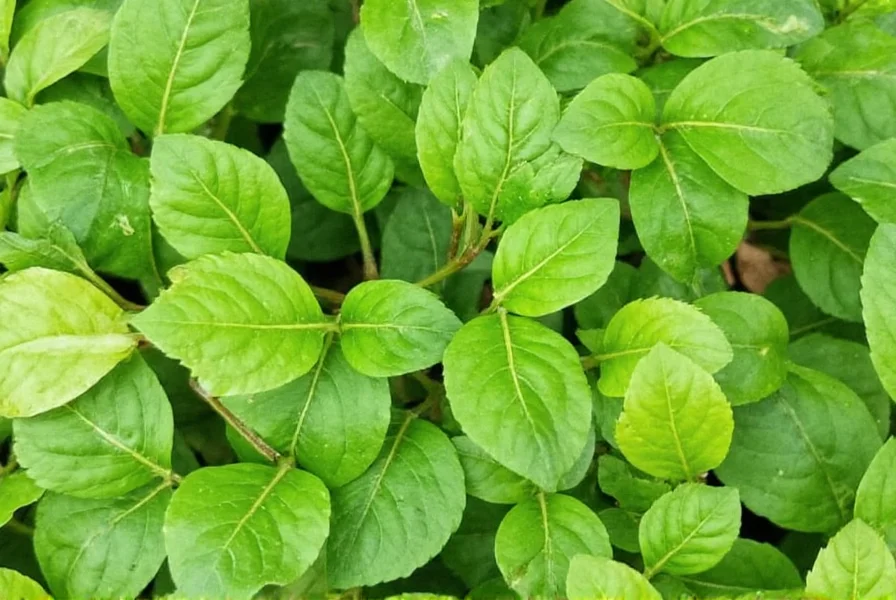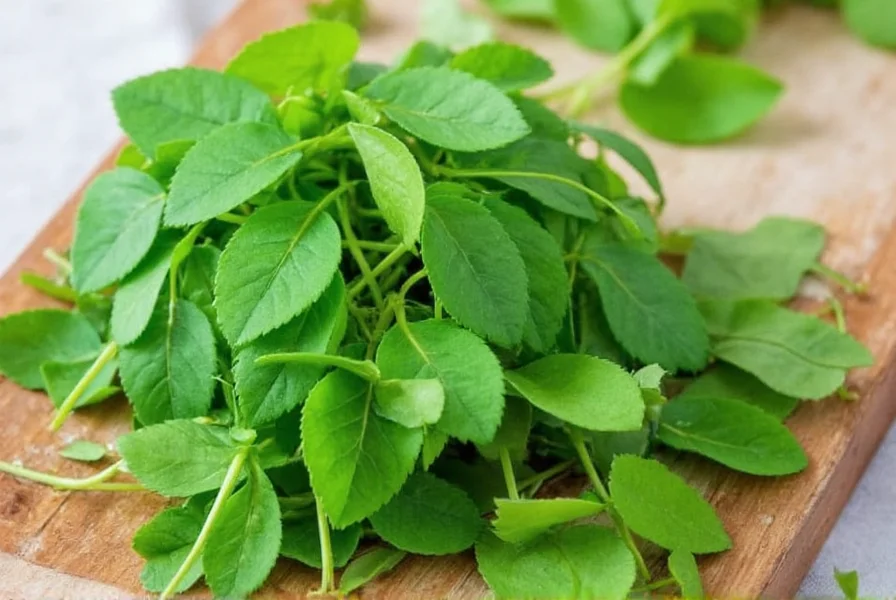Methi leaves represent one of the most versatile and nutritionally dense ingredients in traditional cooking across South Asia and the Mediterranean. These delicate green leaves come from the same plant that produces fenugreek seeds, but offer a distinctly different flavor profile and culinary application. Understanding the proper use and benefits of methi leaves can significantly enhance both your cooking and nutritional intake.
Botanical Background and Identification
Methi (Trigonella foenum-graecum) belongs to the Fabaceae family, sharing characteristics with other legumes. The plant grows to about two to three feet tall with light green, trifoliate leaves and produces small white flowers that develop into long seed pods. The fresh leaves have a subtle bitterness with hints of celery and maple, while dried methi leaves (kasuri methi) develop a more complex, earthy aroma.
When identifying authentic methi leaves, look for vibrant green color in fresh varieties and deep emerald in dried forms. Fresh methi should feel tender but not wilted, while high-quality dried methi leaves maintain their green color rather than appearing yellowed or brown.
Nutritional Profile of Methi Leaves
Methi leaves pack impressive nutritional value per 100g serving. They're particularly rich in vitamins A, C, and K, along with essential minerals like iron, calcium, and potassium. The leaves contain significant dietary fiber and various phytonutrients including flavonoids and saponins that contribute to their health-promoting properties.
| Nutrient | Amount per 100g | % Daily Value |
|---|---|---|
| Calories | 32 kcal | 2% |
| Protein | 2.6g | 5% |
| Dietary Fiber | 3.2g | 11% |
| Vitamin A | 6200 IU | 124% |
| Vitamin C | 33mg | 55% |
| Calcium | 176mg | 18% |
| Iron | 3.1mg | 17% |
Evidence-Based Health Benefits of Methi Leaves
Research suggests several potential health benefits associated with regular consumption of methi leaves. Studies indicate that the fiber content and specific compounds in fenugreek leaves may help regulate blood sugar levels, making them particularly valuable for individuals managing type 2 diabetes. The leaves' high antioxidant content contributes to reducing oxidative stress throughout the body.
Traditional medicine systems have long utilized methi leaves for digestive health. Modern research supports this application, showing that the mucilage in fenugreek leaves can soothe irritated digestive tracts and potentially reduce symptoms of heartburn and indigestion. The anti-inflammatory properties may also benefit those with inflammatory conditions when consumed regularly as part of a balanced diet.
Culinary Applications: Fresh vs Dried Methi Leaves
Understanding how to properly use methi leaves in cooking separates novice cooks from experienced ones. Fresh methi leaves work beautifully in stir-fries, dals, and parathas, where their delicate flavor shines. When using fresh leaves, add them toward the end of cooking to preserve their vibrant color and subtle bitterness.
Dried methi leaves (kasuri methi) require a different approach. The proper technique involves crushing the dried leaves between your palms before adding them to dishes, which releases essential oils and maximizes flavor. For authentic Indian cuisine, adding crushed kasuri methi to finished curries or breads creates that distinctive restaurant-quality taste many home cooks struggle to replicate.
Methi Leaves vs Fenugreek Seeds: Key Differences
While coming from the same plant, methi leaves and fenugreek seeds serve different culinary purposes. Fenugreek seeds have a stronger, more pronounced bitterness and require longer cooking to mellow their flavor. They're typically used as a base spice in tempering or ground into spice blends.
Methi leaves, by contrast, offer a more subtle, grassy flavor that works well in finished dishes. The leaves contain different concentrations of active compounds compared to the seeds, resulting in distinct nutritional profiles. When recipes call specifically for methi leaves, substituting seeds won't achieve the same flavor balance, and vice versa.
Proper Storage and Preparation Techniques
Fresh methi leaves have a relatively short shelf life. Store them in the refrigerator wrapped in a slightly damp paper towel inside a perforated plastic bag for up to four days. For longer storage, blanch the leaves briefly in boiling water, then freeze them in airtight containers where they'll maintain quality for up to six months.
Dried methi leaves (kasuri methi) should be stored in an airtight container away from light and moisture. Properly stored, they maintain their flavor for 6-8 months. To test if your dried methi has gone stale, crush a small amount between your fingers—if the aroma is weak or musty, it's time to replace your supply.
Safety Considerations and Potential Side Effects
While methi leaves are generally safe for culinary use, certain individuals should exercise caution. People taking blood-thinning medications should consult their healthcare provider before consuming large quantities due to the vitamin K content. Those with peanut or chickpea allergies may experience cross-reactivity with fenugreek products.
Pregnant women should avoid consuming medicinal amounts of methi leaves, though culinary quantities typically pose no risk. As with any dietary change, introduce methi leaves gradually to assess tolerance, especially if you have digestive sensitivities. The high fiber content may cause mild gastrointestinal discomfort when first incorporated into your diet.

FAQs About Methi Leaves
What's the difference between fresh methi leaves and kasuri methi?
Fresh methi leaves are the tender green leaves of the fenugreek plant, while kasuri methi refers specifically to dried and crushed fenugreek leaves. The drying process concentrates the flavor, making kasuri methi more potent with a deeper, earthier taste compared to the milder, slightly bitter fresh leaves.
Can methi leaves help with blood sugar control?
Research suggests methi leaves may help regulate blood sugar levels due to their fiber content and specific compounds like 4-hydroxyisoleucine. Several studies show potential benefits for people with type 2 diabetes, but they should complement rather than replace prescribed diabetes management approaches.
How do I properly use dried methi leaves in cooking?
The proper technique involves crushing dried methi leaves (kasuri methi) between your palms to release essential oils before adding to dishes. For best results, add crushed leaves during the final minutes of cooking or sprinkle on finished dishes. Start with 1-2 teaspoons per serving and adjust to taste, as the flavor intensifies with cooking.
Are there any side effects of consuming methi leaves?
When consumed in culinary amounts, methi leaves are generally safe. However, excessive consumption may cause digestive discomfort due to high fiber content. People on blood thinners should monitor intake because of vitamin K content, and those with peanut allergies may experience cross-reactivity. Pregnant women should avoid medicinal quantities.
Can I grow methi leaves at home?
Yes, fenugreek plants grow well in containers or garden beds with well-draining soil and partial to full sun. They mature quickly (30-40 days) and can be harvested multiple times. For continuous harvest, pick leaves when plants reach 6-8 inches tall, leaving enough growth for regrowth. Homegrown methi leaves typically have superior flavor compared to store-bought.











 浙公网安备
33010002000092号
浙公网安备
33010002000092号 浙B2-20120091-4
浙B2-20120091-4